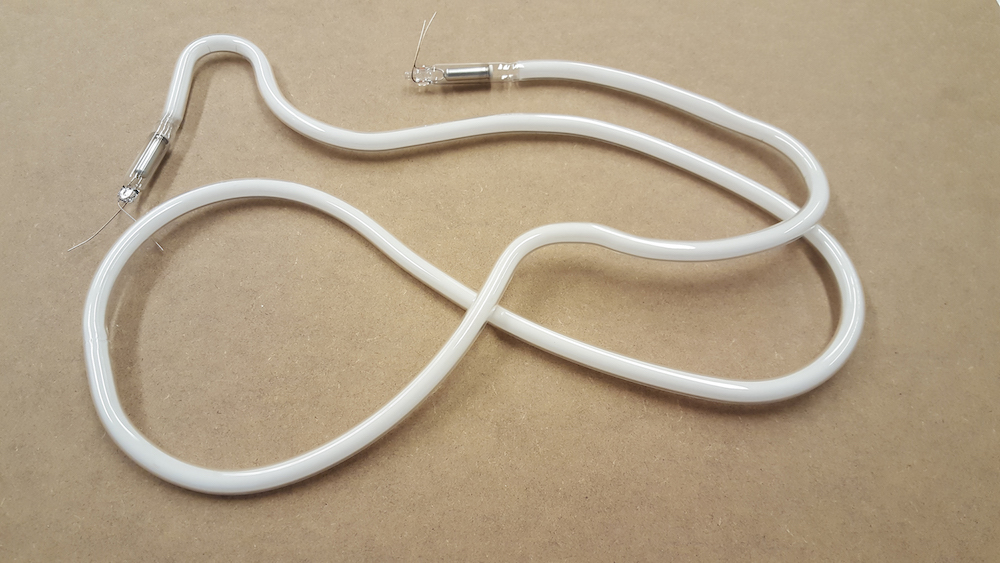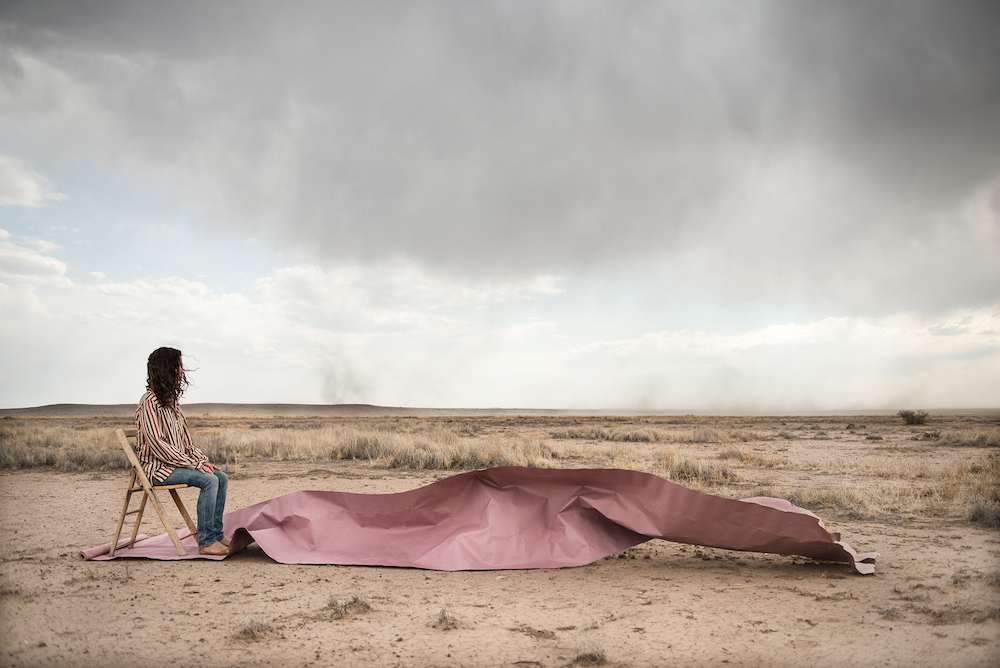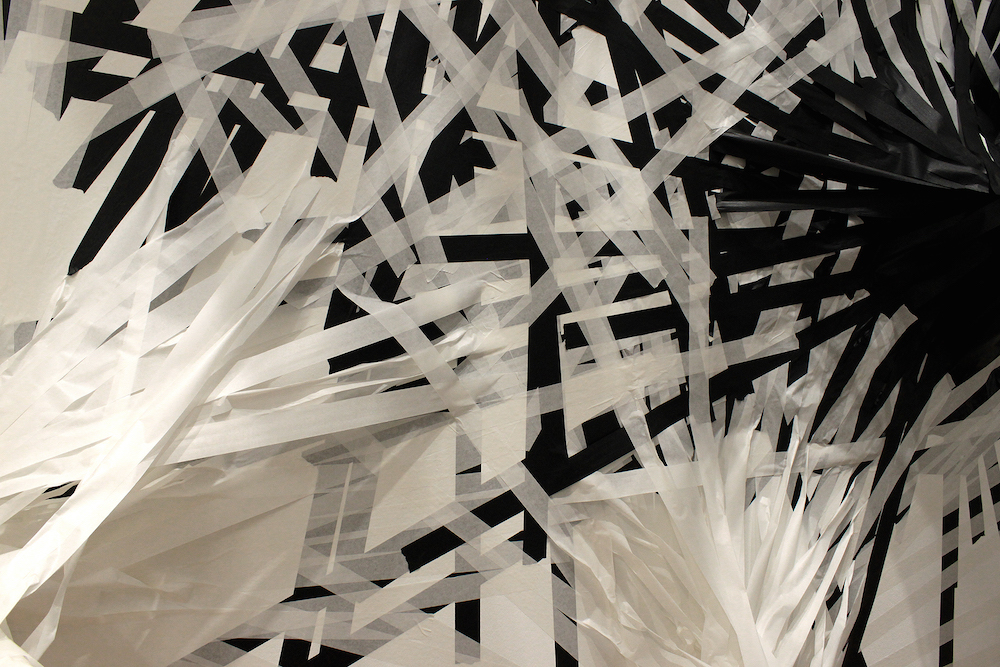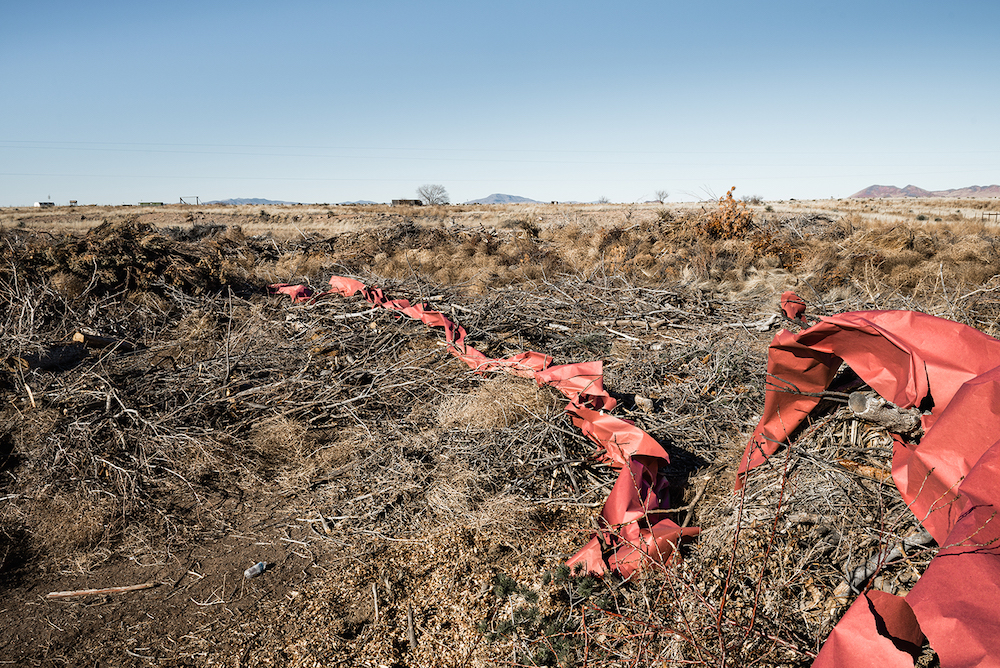London’s Drawing Room is in a unique position. While its physical location is about to change–moving from its home in East London to Bermondsey this month–its role as the only public space in Europe that is solely dedicated to drawing holds strong. Often redefining the nature of drawing itself, Drawing Room’s curators Mary Doyle and Kate Macfarlane have helped to keep this free-flowing medium in a state of motion.
Where are you right now (and is it where you want to be)?
We are at an exciting pivotal stage in our history as we re-open the gallery in a striking industrial building in Bermondsey. In the longer term we will be housed in a new, purpose-made building as part of the development of this site. Drawing Room is fifteen years old and we are excited that a permanent venue for Drawing Room is within sight. Our forthcoming programme is ambitious and will involve collaborations and working with artists from across the globe.
What was your initial drive in opening Drawing Room?
The motivation for establishing Drawing Room in 2000 was our awareness of artists’ drawing activity, witnessed through studio visits, and the fact that this activity was not publically visible. For many artists drawing was a private activity confined to the studio; we wanted to bring attention to a medium that plays a crucial role for so many artists. We first began as a curatorial project without a venue and toured exhibitions to museums and galleries. Drawing Room opened as a gallery in 2003, the first UK public gallery dedicated to the presentation and research of contemporary drawing.
Can you tell us a little about your new permanent space in Bermondsey, and the work of Mick Peter who you have selected for your first solo exhibition?
Our new location has enabled significant improvements: Outset Study, our unique reference library on contemporary drawing, has increased in capacity; a new on-site shop offers the chance to browse our stock of books, editions and unique works; and our opening hours have been extended to include Sunday’s. We reopen the gallery on Saturday 16 January with Pyramid Selling, an ambitious and immersive installation by Mick Peter. We visited Mick in his studio in Glasgow in 2011 and have watched his career over the ensuing years; we’re delighted that finally we are able to present his work at Drawing Room. Entering Pyramid Selling is a little like walking into a latter-day comic strip. Life size cartoon figures have been pulled from their two dimensional substrate and made into sculptural objects which are revealed as you walk around the installation.
Do you feel that the curation of drawing, in particular, requires specific processes of yourselves as curators?
Working within a medium specific agenda presents particular challenges as curators. We take the idea of drawing as a framework to investigate the multiple roles it plays in contemporary practices. All modes of drawing are presented and might take the form of animation, film, photography, sculpture, installation, and so on.
Our programme is curated in response to research and investigation of ideas that we feel will be of interest to specialist and non-specialist audiences alike. Our group exhibitions often bring together modern and contemporary drawing, to highlight continuities and developments in drawing practice across decades and cultures. In solo exhibitions artists, from emergent to the overlooked, are invited to make a new body of work. Our artist guest-curated exhibitions reveal new perspectives of drawing from an artist’s point of view. This approach is quite different from that employed by other independent, small-scale arts organisations in London.
What can we expect from Line at Lisson Gallery?
This exhibition is an historical look at drawing as an intellectual proposition, and it includes works made since the late 1960s, and includes two brand new works made site specifically. To test the robustness of the medium of drawing, we began with the premise that the works would leave a permanent substrate, such as paper, and would possess a fugitive element. The exhibition explores two key characteristics that remain associated with drawing in today’s expended field of art–and these are line and movement.
How do you define drawing right now?
When we set out we deliberately chose not to impose a curator’s definition of drawing on our programming and decided to allow our research into contemporary practice find its own path. We find that drawing can be many things–that it can be an activity, a mind set, and a way of conceptualising artworks. Our research and resulting programme testifies to the fact that drawing remains a medium that offers the contemporary artist something distinctive. Through our research (led by the Study library and including commissioned essays, publications, talks and seminars) the definition of drawing is continually investigated and this will contribute to the future history of drawing.
Have you noticed a stark difference in the approach to drawing that is held by some of the older generations of artists in Line? Do you feel they have a different relationship to its form and function to some of the younger artists who are just beginning to explore the medium?
If you take the older artists in Line–Sol Lewitt, Richard Long, Tom Marioni and Fred Sandback–their visual language is stripped right back; they were working when the dematerialization of the art object was the most important political act for an artist. The younger artists are once again embracing the beauty of a range of materials–whether this be humble sticky tape in the case of Monika Grzymala or the delicate, jewel-like strips of bronze etched with words in the case of Athanasios Arganias. There is also more humour, for example in the case of Ceal Floyer whose work Taking a Line for a Walk evokes the ideas of Paul Klee from the 1920s and uses a utilitarian line-marking machine and an operator who in this instance takes the machine up Lisson Gallery’s staircase.
Do you feel that there is enough attention given to drawing? There are very few shows—and indeed, spaces—that dedicate themselves entirely to this art form.
Drawing has certainly enjoyed a renaissance world-wide over the past twenty years or so. Drawing Room is the first dedicated non-profit space in the UK for contemporary drawing and our Outset Study is the only specialist contemporary drawing library and study area is the first of its kind in the UK and Europe. Drawings are definitely more visible within group and solo exhibitions, within museum and private galleries. We feel that we have helped to encourage other venues to show the drawings that might normally remain hidden in museum stores or artist’s studios.
Are there any countries, or artist communities who are really exploring drawing in a fresh and exciting way at the moment?
We are just beginning to become acquainted with artists working with drawing in the Middle East–these are artists who are using drawing as a powerful tool of social change; to record social and political injustices; and who exploit the democratic and collaborative potential of drawing to instigate change for the better.
Which young artists are you particularly excited about right now?
We look at artists who usually work across different media, and for whom drawing is a vital and incendiary tool. So we could cite: Viktor Timofeev, whose sci-fi drawings inform his production of video games and interactive environments; Marianna Simnett who makes surreal drawings that relate to her films such as Blood which was a joint winner of the Jerwood/FVU Awards 2015; Marco Chiandetti, an artist working across various media and discipline, with a primary interest in performative actions and their physical manifestations who will be included in the forthcoming Biennial of Sydney; Emma Hart, a recent recipient of a Paul Hamlyn Award for Artists’ describes her practice as being in pursuit of the ‘real’ and sets out to make work that disrupts the seamlessness of our image led culture; and Rhys Coren who works across animation, painting, writing and audio and is influenced by various subcultures including those in dance, music and film.
Mick Peter Pyramid Selling runs from 16 January until 13 March at Drawing Room. Line runs from 22 January until 12 March at Lisson Gallery.












